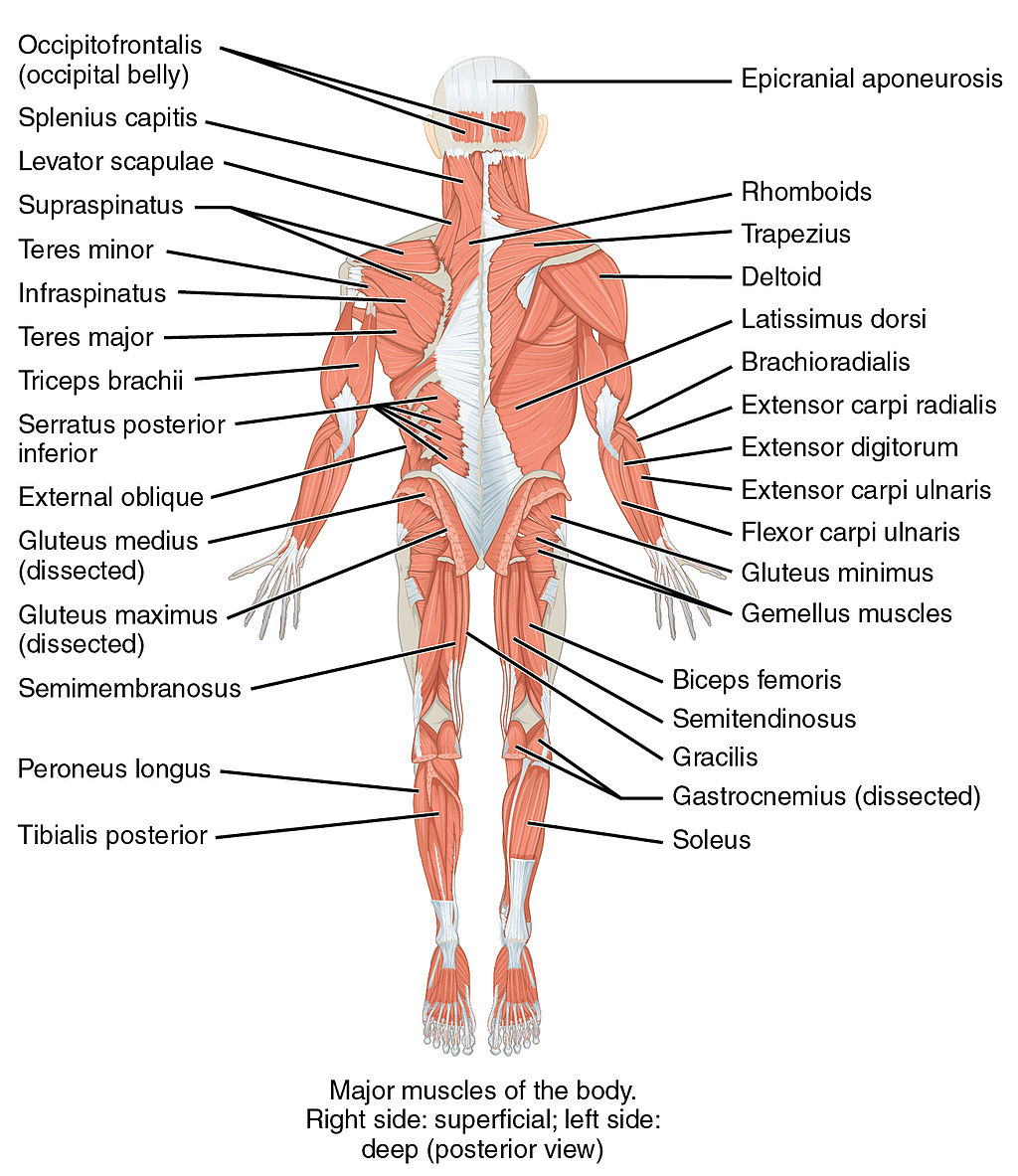4.1.2 The Body Mechanics of Mobility
Before we can discuss safe practices to assist with movement and ambulation, it is important to gain a basic understanding of body mechanics and how muscles work to move, so that you can use this information to prevent injuries during movement. hand-under-hand.
According to the Medical Dictionary, body mechanics is “the application of kinesiology to the use of proper movement in daily activities, the prevention and correction of problems related to posture” (Body Mechanics, n.d.). In other words, body mechanics refers to the way you hold your body when you move around. When you use proper body mechanics while caring for clients, you will be more likely to avoid muscle fatigue and injuries.
To practice good body mechanics, you first need to understand the way the muscles, tendons and ligaments work to make motion happen. Once you understand the way they work, you can better understand what is needed to use them and protect them to allow for better function.
Below is a representation of the muscles (long slender fibers) in the body and how they are attached to tendons and ligaments to allow the body to move. Tendons attach muscles to the bones. This movement secures the actions of the muscles in coordination with the structure of the bones to provide movement. Ligaments connect two bones or bones and cartilage together. The ligaments ensure that the bones do not twist when used properly. They stabilize the joints and hold bones together to assist in providing movement.
Review the following muscle “maps” of the body, front and back. Which muscles have you heard of before? Which muscles are new to you? As you review the muscles, try touching the area on your own body.


Diagrams: CFCF, CC BY-SA 4.0, via Wikimedia Commons
Muscles contract and expand to produce the opposite movement in another muscle and create motion. For example, the following video clip demonstrates the shortening of the bicep and the elongating of the triceps to accomplish movement of the lower arm.
Click here to download a video transcript in .docx format: Video Transcript
For a more sophisticated rendering of how human muscles create movement, consider downloading an app like Complete Anatomy 2021 by 3D4Medical, which offers a free trial version. This app, or a similar program, will show you a three-dimensional representation of the body. You can then target individual muscles or muscle groups and see how they facilitate body movement.
Exercises
Watch these two Crash Course videos on muscles and then answer the questions below to check your understanding.
- Muscles, Part 1 – Muscle Cells: Crash Course A&P #21
- Muscles, Part 2 – Organismal Level: Crash Course A&P #22
Now, complete these questions to check your understanding:
Now that you have been provided with insight into the way muscles work, the process they follow for action, and the way they receive their energy for movement. Now, you can better understand how to make sure you and the clients have the energy for movement, and you will be able to apply these insights into safe movements for yourself and to assist your clients to use safe movements.

